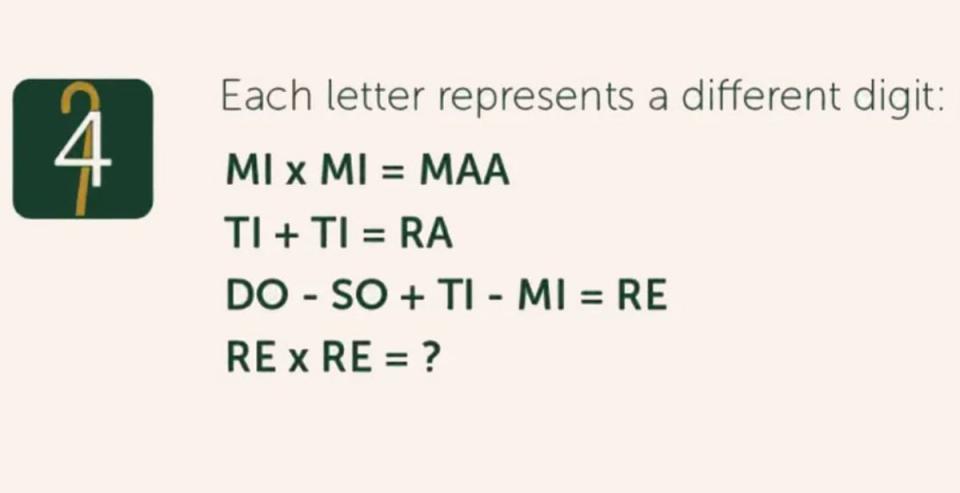GCHQ Christmas Puzzle 2023: Can you solve this codebreaking challenge aimed at secondary schools?
GCHQ has released its annual effort to separate potential James Bonds from Bart Simpsons with a fiendish brain teaser.
The #GCHQChristmasChallenge is aimed at 11-18-year-olds and more than 1,000 secondary schools are set to participate on Thursday.
Anne Keast-Butler, director of the agency, has said this year’s challenge is the “trickiest yet” and involves solving puzzles to uncover a hidden code.
The challenge, the third to be set, can be downloaded from the GCHQ website here.

Ms Keast-Butler said: “Today it’s a real privilege to set you a very special Christmas challenge.
“Our Christmas card is the trickiest challenge we have ever set. I think it brings home just how much it matters to us that in our work we need to bring together a rich mix of minds to solve problems.
“No one person can solve all of the problems on their own. We need to work together and bounce ideas off each other.
“We need to take in skills from people who are good with numbers and people who are good with letters… those who see numbers, those who see pictures, and bring it together to solve the world’s toughest problems.”
GCHQ has said it wants people to share their progress with the challenges on social media by finding @gchq on X, formerly Twitter, and Instagram.

What is GCHQ?
Government Communications Headquarters is the UK’s largest intelligence agency. It is based at a building known as The Doughnut in the suburbs of Cheltenham.
The agency has more than 7,000 employees who specialise in gaining intelligence from communications, which sets it apart from MI5 and MI6 which deal with human intelligence.
GCHQ works to provide signals intelligence and information assurance to the Government.
Ms Keast-Butler took the role in May and moved over from MI5 to succeed Sir Jeremy Fleming.
Last month, she expressed fears that risks associated with artificial intelligence (AI) were unknown even to GCHQ. The National Cyber Security Centre is a sub-branch of GCHQ. It warned in November of ongoing geopolitical challenges and also said that AI posed a threat to UK elections.


